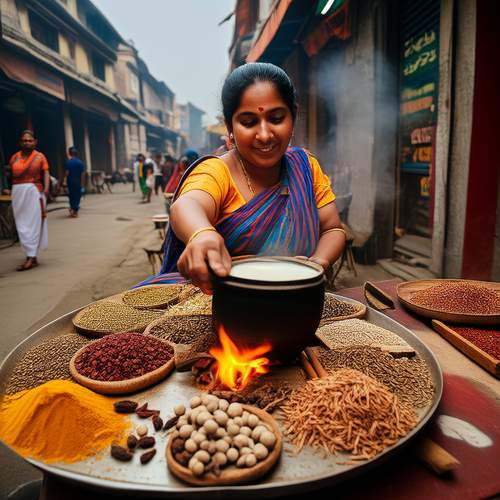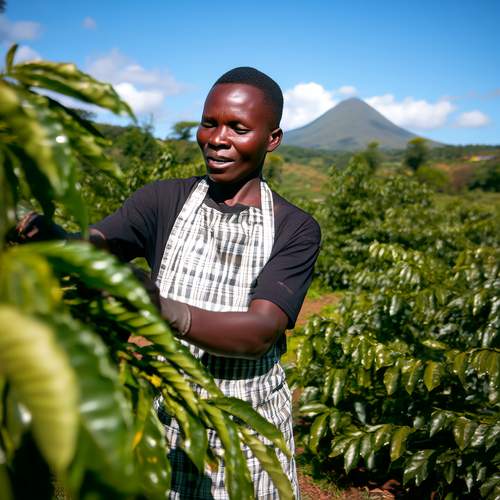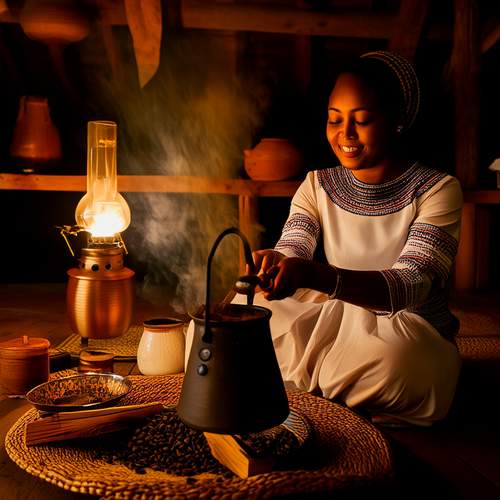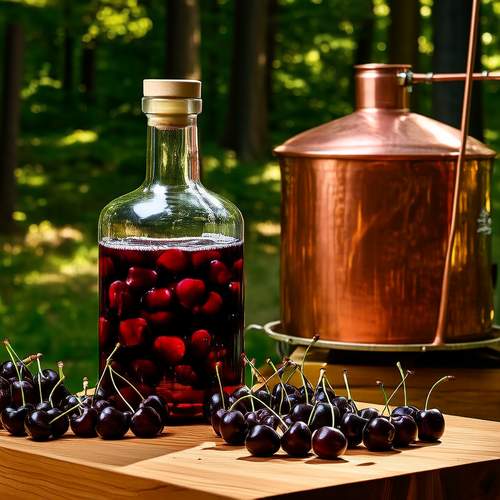The lush mountains of Colombia have long been synonymous with some of the world’s finest coffee. Among the many processing methods employed by Colombian farmers, the enzymatic washed process stands out as a fascinating intersection of tradition and innovation. This technique, which harnesses natural enzymes to break down coffee mucilage, has gained traction for its ability to enhance flavor clarity while maintaining the coffee’s inherent brightness. Unlike traditional washed methods that rely solely on fermentation and water, enzymatic washing introduces a controlled biological element, offering producers a tool to refine their craft with scientific precision.
At the heart of this method lies the use of pectinolytic enzymes, typically derived from fungi or bacteria. These enzymes target the sticky mucilage layer surrounding the coffee bean, a byproduct of the fruit’s pulp removal. In conventional washing, mucilage breakdown occurs through natural fermentation—a slower process influenced by ambient temperature and microbial activity. The enzymatic approach accelerates this step, reducing water consumption and processing time while minimizing the risk of over-fermentation. Farmers report greater consistency in cup profiles, as the enzymes act with predictable efficiency even in fluctuating weather conditions.
The process begins like any washed coffee: ripe cherries are depulped within hours of harvest, leaving beans encased in mucilage. Here, the divergence occurs. Instead of soaking the beans in water tanks for 12–36 hours, producers introduce a diluted enzyme solution. Within 6–8 hours, the mucilage dissolves into a viscous liquid that rinses away easily. This efficiency is particularly valuable in Colombia’s humid microclimates, where prolonged fermentation can invite undesirable acetic acid development. By shortening the exposure window, enzymatic washing preserves delicate floral and citrus notes often muted in traditional fermentation.
Quality-focused cooperatives in Huila and Nariño have observed another advantage: reduced water contamination. Traditional washing generates wastewater laden with organic matter that can deplete oxygen in local waterways. The enzymatic method’s abbreviated timeline means less sugar enters the water stream, easing the ecological burden. Some estates now recycle the enzyme-treated runoff for irrigation, as the byproduct contains nutrients beneficial to coffee plants. This closed-loop approach resonates with younger generations of growers prioritizing sustainability alongside cup quality.
Critics initially questioned whether enzymatic intervention might strip coffees of their terroir-driven complexity. However, cupping comparisons between traditionally washed and enzyme-treated lots from identical farms reveal surprising outcomes. The enzymatic batches consistently score higher in acidity precision and aroma articulation, particularly for varieties like Caturra and Tabi. The method seems to act as a flavor amplifier rather than a homogenizing force—brightening mandarin notes in Huila coffees or intensifying the black tea undertones characteristic of Nariño’s high-altitude harvests.
Adoption hasn’t been without challenges. Smallholders face upfront costs for food-grade enzymes, which can run $50–$80 per kilogram—enough to process 1,000 kilos of parchment coffee. NGOs and exporter partnerships have stepped in, offering enzyme concentrates on credit with technical training. The learning curve involves precise dilution ratios and temperature control; excessive heat denatures the enzymes, while cold temperatures slow their activity. Successful implementations often involve modified cement tanks with drainage channels, a far cry from the rudimentary wooden vats still common in remote areas.
As the global market embraces nuanced processing techniques, Colombian enzymatic washed coffees are finding ardent followers among Nordic roasters and Japanese specialty buyers. The method’s ability to deliver both vibrancy and cleanliness aligns with contemporary preferences for fruit-forward yet balanced profiles. At Bogotá’s annual ExpoEspeciales, these coffees now command 15–20% premiums over standard washed lots, incentivizing broader adoption. What began as an experimental alternative has matured into a signature of Colombian innovation—proof that science and tradition can coexist to elevate an already extraordinary coffee heritage.

By /May 26, 2025

By /May 26, 2025

By /May 26, 2025

By /May 26, 2025

By /May 26, 2025

By /May 26, 2025

By /May 26, 2025

By /May 26, 2025

By /May 26, 2025

By /May 26, 2025

By /May 26, 2025

By /May 26, 2025

By /May 26, 2025

By /May 26, 2025

By /May 26, 2025

By /May 26, 2025

By /May 26, 2025

By /May 26, 2025

By /May 26, 2025

By /May 26, 2025